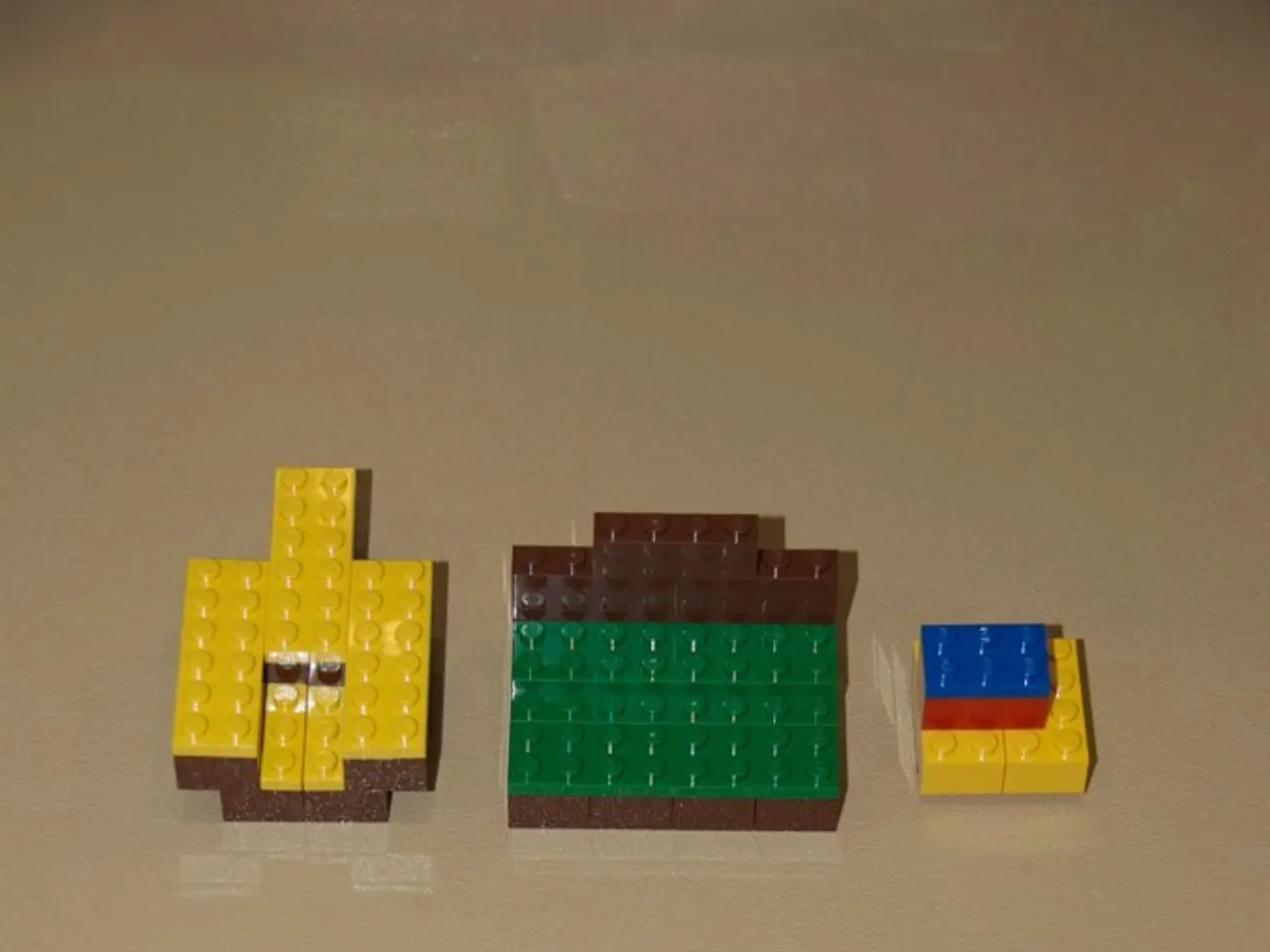Unraveling Life's Building Blocks: Atoms, Molecules, and Macromolecules in Cells
In the microscopic world of cells, understanding the building blocks is key. Cells are primarily composed of water and organic molecules, with a small percentage of inorganic ions. These ions are atoms that have lost or gained electrons, giving them a net electrical charge.
Atoms, the fundamental units of matter, have a nucleus containing protons and neutrons. Protons give atoms their positive charge, while neutrons add to their mass. Atoms can form bonds in various ways, such as covalent, ionic, and hydrogen bonding, to create molecules and ions.
Compounds are formed when two or more elements chemically combine. Molecules, composed of two or more atoms, are crucial in cells. The most important macromolecules in living organisms are nucleic acids (DNA and RNA), proteins, and polysaccharides. DNA, a double helix, and RNA, mostly single-stranded, are made of nucleotides containing phosphate, sugar, and a base. Proteins, complex three-dimensional structures, are built from chains of amino acids. Polysaccharides, like starch and cellulose, consist of sugar monomers linked together.
The number of protons in an atom's nucleus determines its atomic number, making each element unique. Electrons, which occupy different energy levels, have a tendency to bond with each other.
From the smallest atoms to complex macromolecules, the cellular structure is a intricate web of chemical bonds and interactions. Understanding the composition and behavior of these building blocks is vital for comprehending life at its most basic level.





